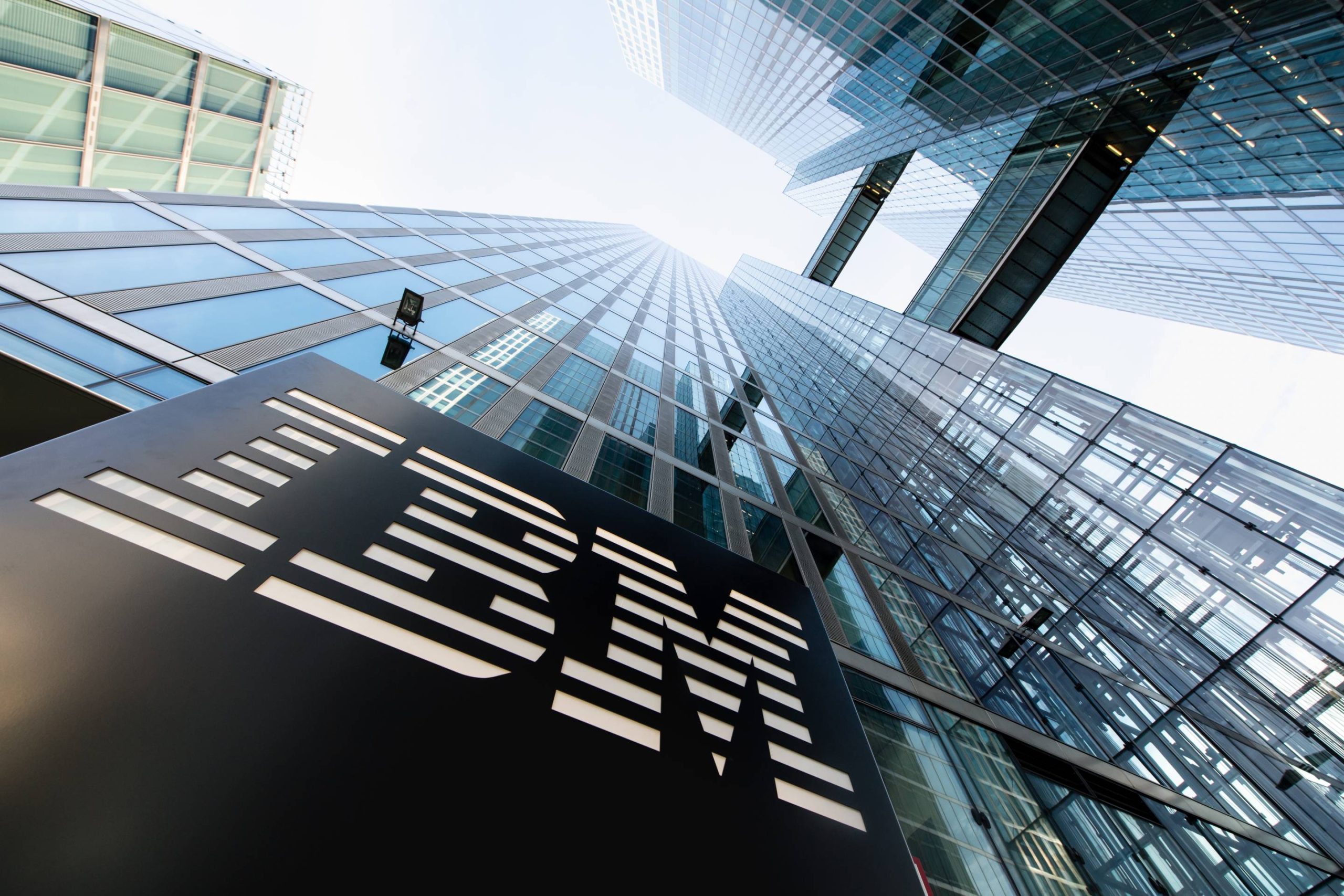IBM Launches New Lightweight AI Engine
11.08.2024 17:00 1 min. read Alexander Stefanov
IBM has introduced a new “Lightweight Engine” for its WatsonX.ai service, primarily targeting enterprise users.
However, this tool could also provide a secure, scalable solution for small to mid-sized businesses, particularly in emerging sectors like fintech.
The generative AI market has been a significant driver of revenue growth in the tech sector during the first half of 2024. A decade ago, the rapid expansion of this sector, fueled by the popularity of large language models such as OpenAI’s ChatGPT and Anthropic’s Claude, was hard to foresee.
Generative AI in financial services
Before ChatGPT, many AI and finance experts believed that large language models like GPT-3 were not reliable or accurate enough for high-stakes applications in finance or other fields requiring precision.
Even with advancements following ChatGPT’s 2023 release, AI models trained on public data for general use remain unpredictable. To move beyond being mere chatbots with some coding abilities, these models need specialization.
For instance, JPMorgan Chase recently acquired enterprise access to OpenAI’s ChatGPT for its 60,000 employees. This includes customization with internal data and specific guardrails. This move highlights the financial services industry’s growing adoption of generative AI.
-
1
BIS Slams Stablecoins, Calls Them Ill-Suited for Modern Monetary Systems
26.06.2025 9:00 1 min. read -
2
Robinhood to Launch Tokenized Shares of OpenAI and SpaceX for European Users
01.07.2025 11:00 2 min. read -
3
Robinhood Expands Crypto Futures With XRP and Solana Micro Contracts
28.06.2025 13:00 2 min. read -
4
GF Securities Becomes First in Hong Kong to Issue Tokenized Securities On-Chain
27.06.2025 20:00 2 min. read -
5
Coinbase to Launch U.S. Perpetual-Style Futures on July 21
28.06.2025 14:30 2 min. read
Largest Bank in Hong Kong Explores Digital HKDollar in new project
HSBC took a major step in digital currency innovation by concluding experimental trials under the HKMA’s Project e-HKD+.
Alibaba Founder-Backed Ant Group to Integrate USDC Stablecoin
Ant Group’s international arm, backed by Alibaba founder Jack Ma, is preparing to integrate Circle’s USDC stablecoin into its proprietary blockchain payment network.
Emirates to Integrate Crypto.com Pay in 2025: A New Era of Airline Payments
Emirates Airline has taken a bold step toward embracing digital finance by signing a Memorandum of Understanding (MoU) with leading cryptocurrency platform Crypto.com.
Volkswagen Taps Solana-Based Service for Real-Time Robotaxi Navigation
Volkswagen’s autonomous driving division, Volkswagen ADMT, has announced a data-sharing partnership with Bee Maps, a cutting-edge spatial intelligence service built on the Solana blockchain.
-
1
BIS Slams Stablecoins, Calls Them Ill-Suited for Modern Monetary Systems
26.06.2025 9:00 1 min. read -
2
Robinhood to Launch Tokenized Shares of OpenAI and SpaceX for European Users
01.07.2025 11:00 2 min. read -
3
Robinhood Expands Crypto Futures With XRP and Solana Micro Contracts
28.06.2025 13:00 2 min. read -
4
GF Securities Becomes First in Hong Kong to Issue Tokenized Securities On-Chain
27.06.2025 20:00 2 min. read -
5
Coinbase to Launch U.S. Perpetual-Style Futures on July 21
28.06.2025 14:30 2 min. read


